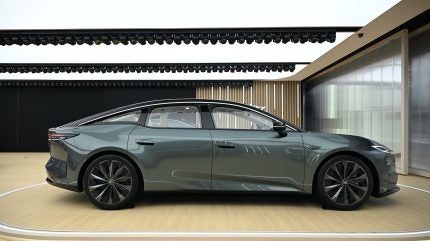
Toyota future models 2025-2035 (part 1)
Lowering - and one day eliminating - carbon is what Akio Toyoda insists should be car makers' focus. TMC therefore maintains a policy of multiple propulsion systems for its future vehicles.

Lowering - and one day eliminating - carbon is what Akio Toyoda insists should be car makers' focus. TMC therefore maintains a policy of multiple propulsion systems for its future vehicles.
